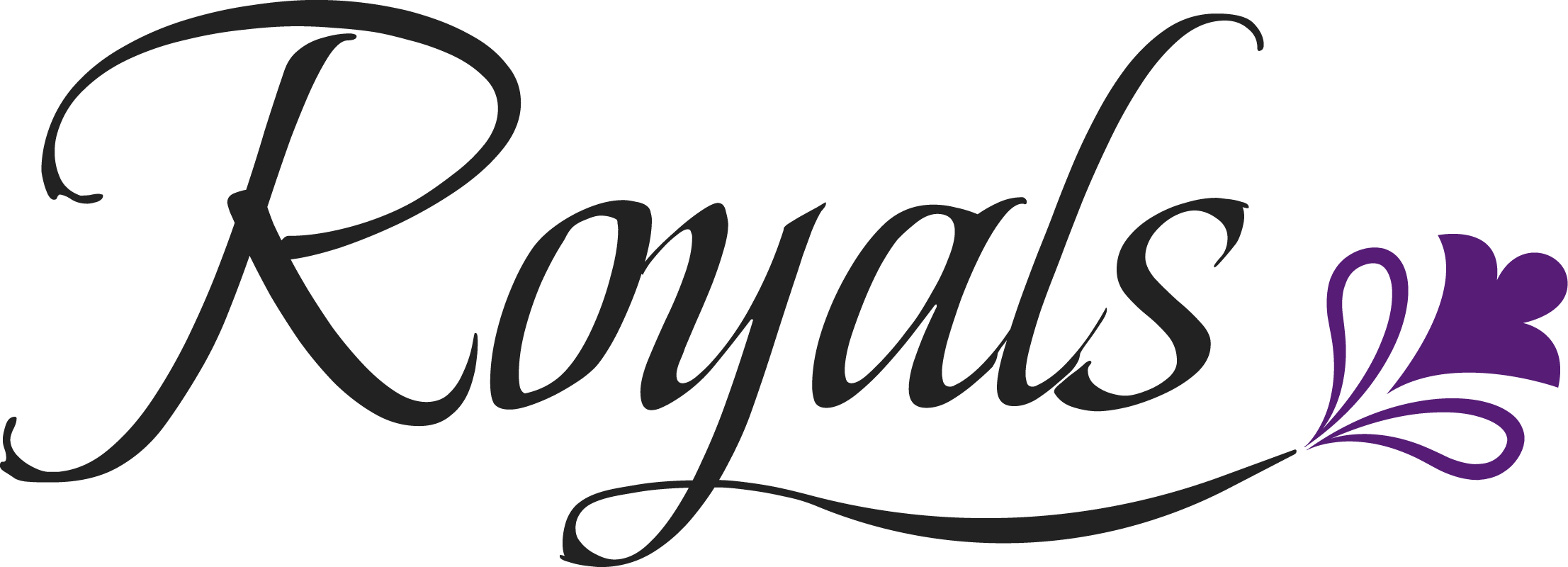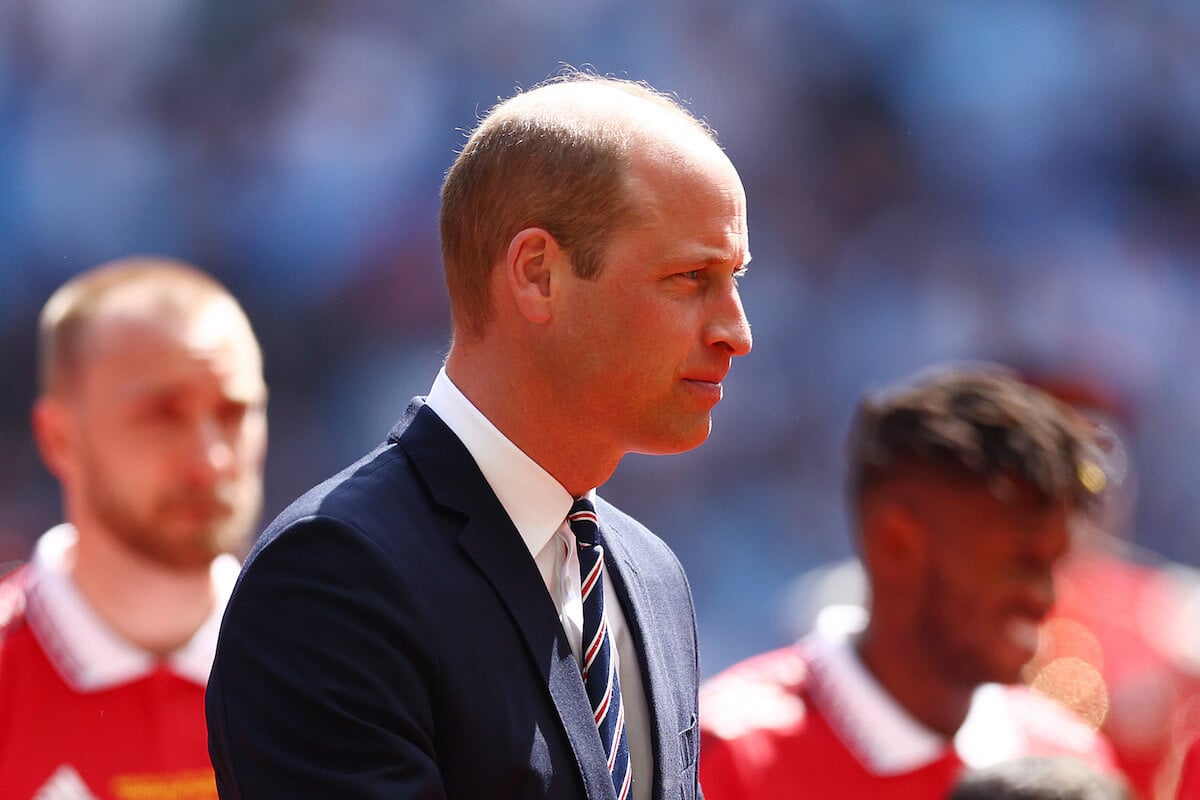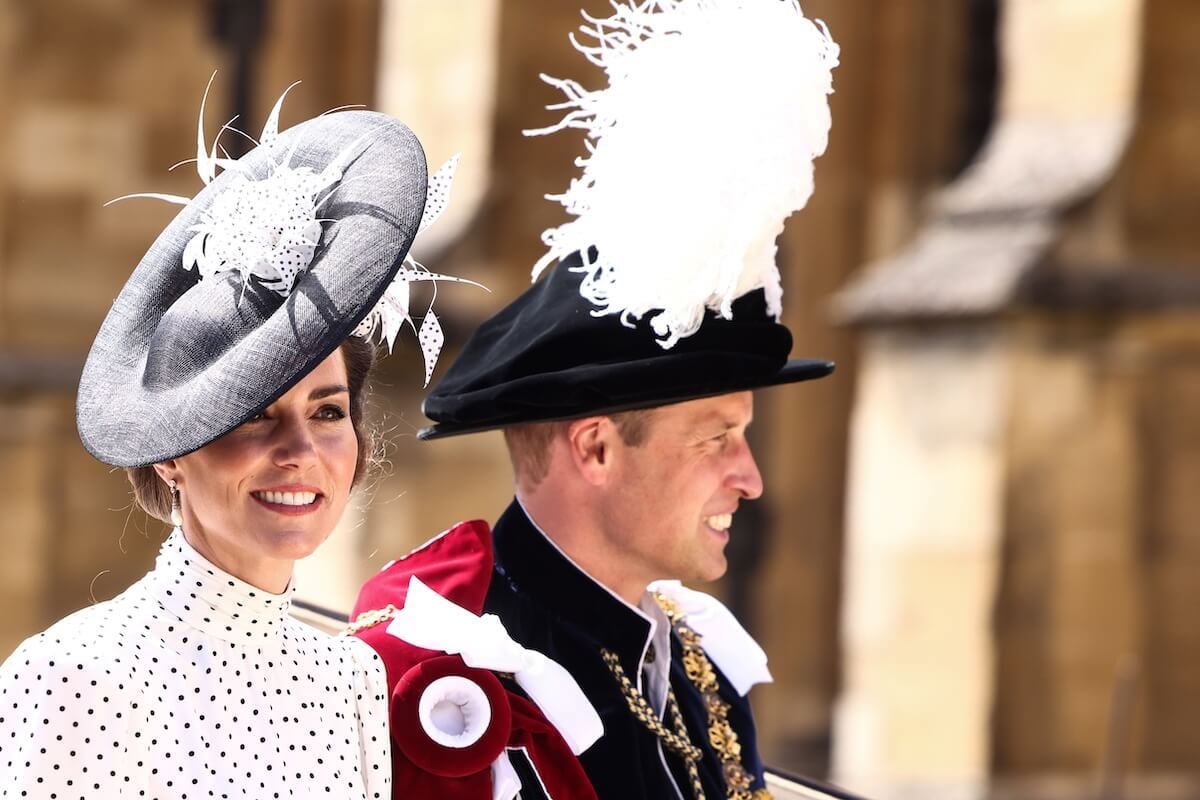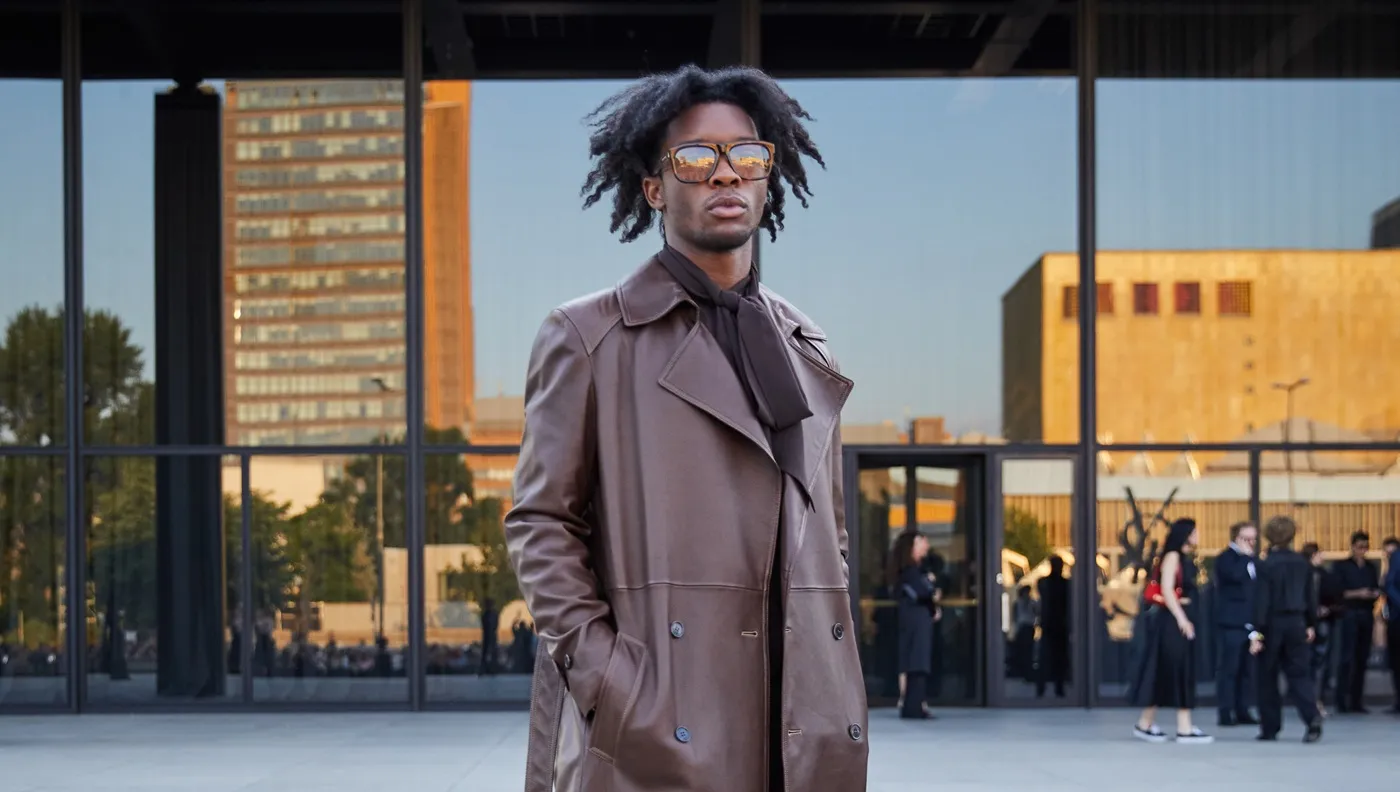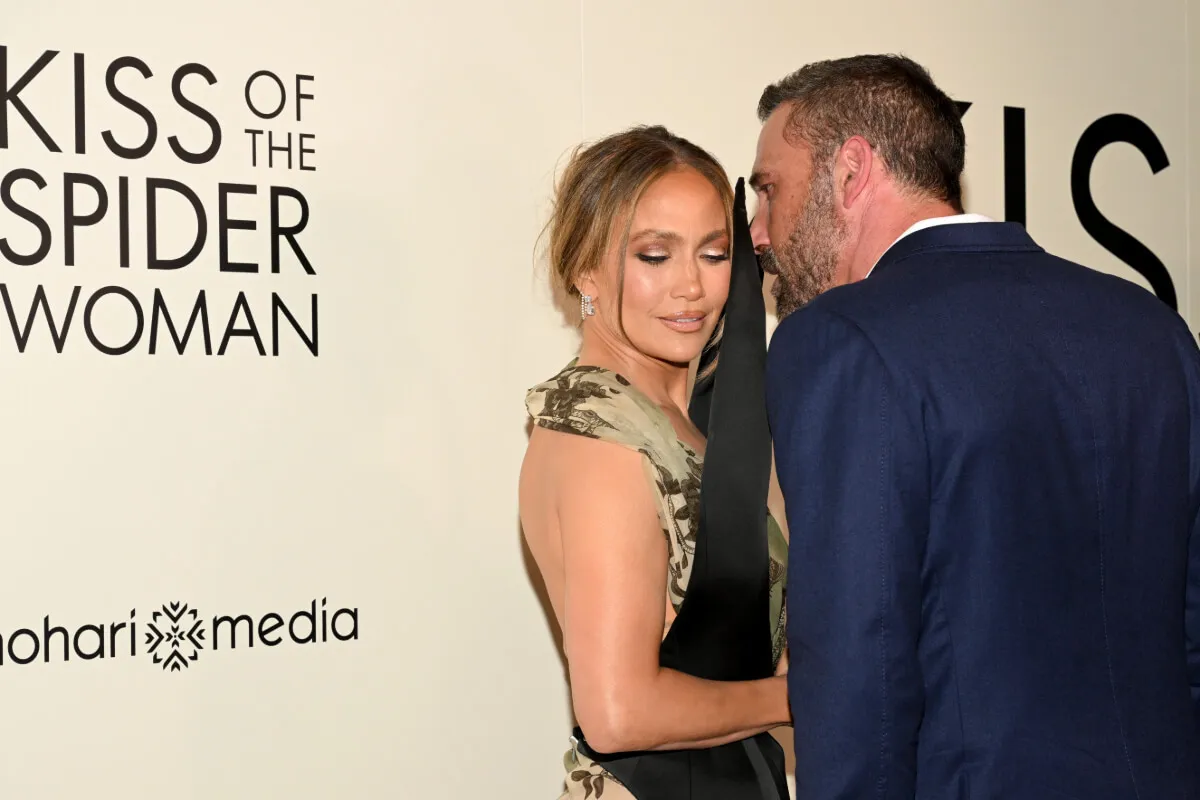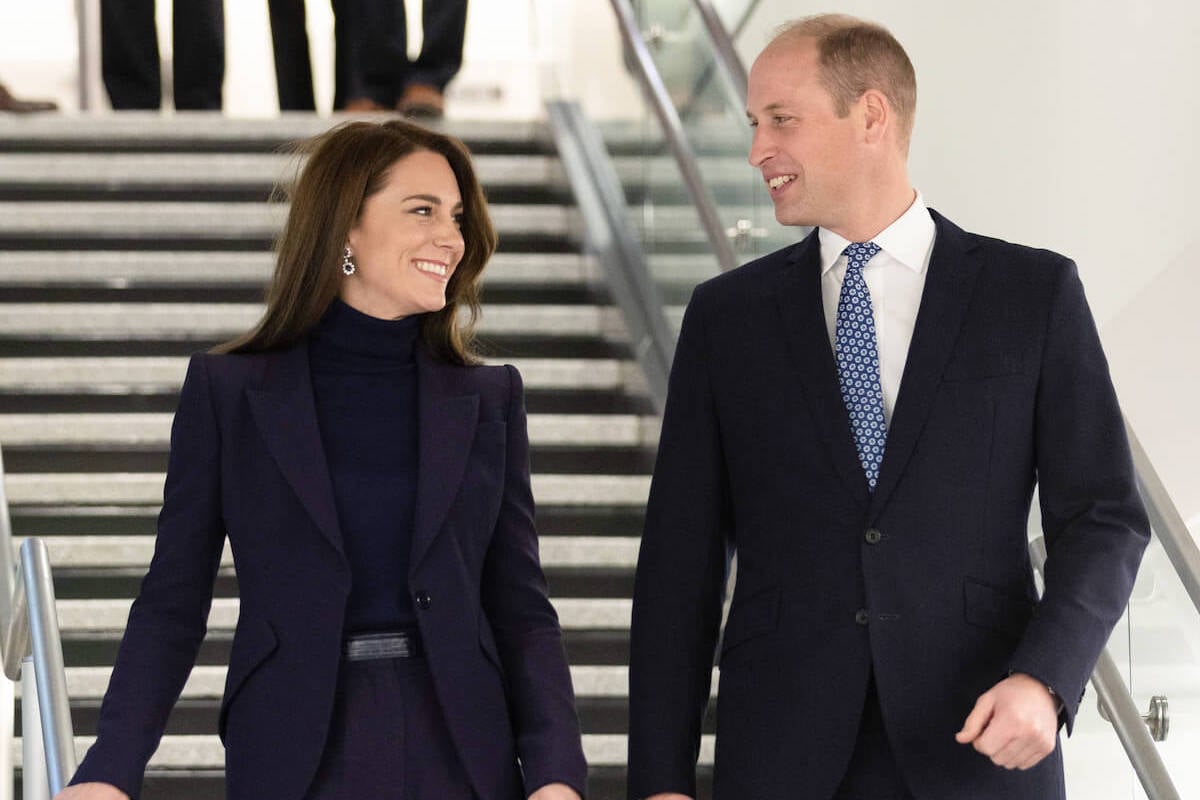
Expert Says Prince William and Kate Middleton’s Lack of PDA Is a Good Thing: ‘It Bulletproofs the Royal Body Language’
Prince William and Kate Middleton’s general lack of PDA, or public displays of affection, may actually help them. According to an expert, it’s a “wise” move that can sidestep potentially “dramatic and telling” clues about their private lives going public via body language.
William and Kate often use ‘formal and non-tactile’ body language with each other in public
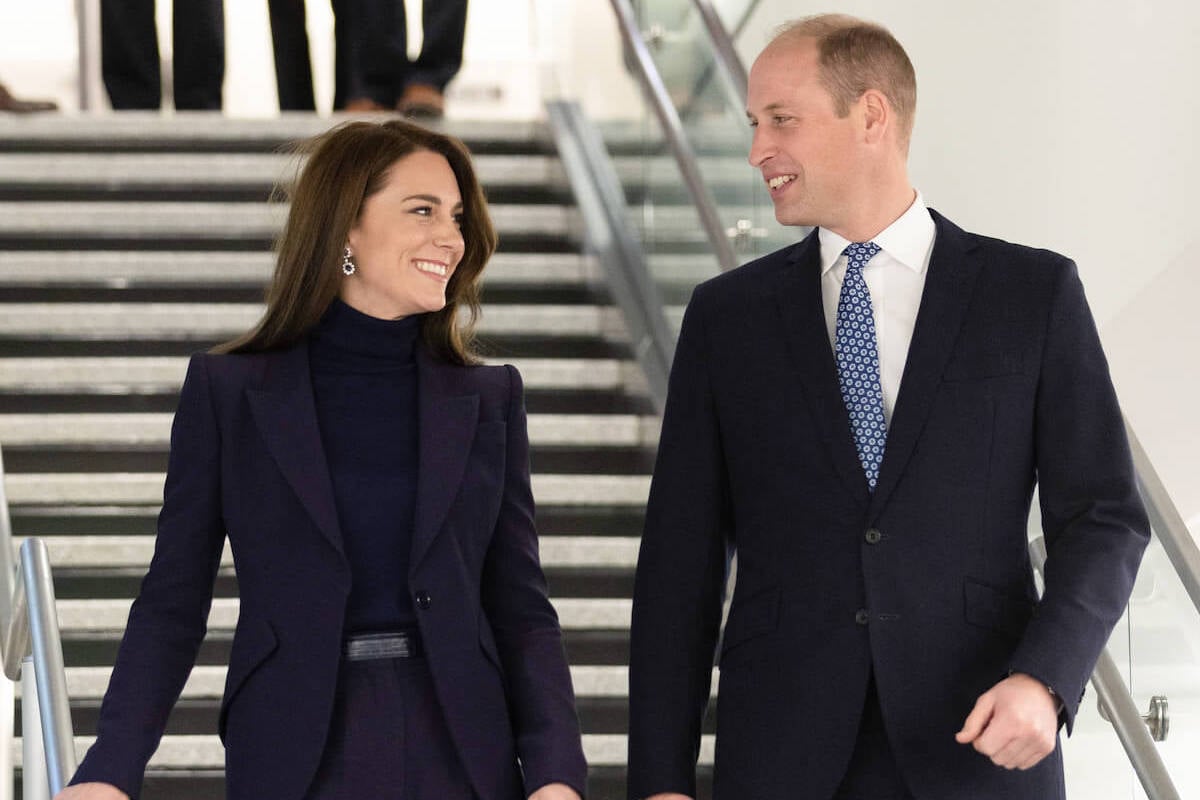
The Prince and Princess of Wales are more hands-off with each other compared to other British royals such as Zara and Mike Tindall. Sure, they have their moments, like the rare pat on the butt or hugging at a polo match. But, by in large, they keep PDA to a minimum when they’re out and about.
William and Kate, both 41, “are probably one of the last royal couples to prefer a formal and non-tactile approach to their public appearances,” Judi James, a body language expert, told Express.
While they’re “totally capable of signaling love, affection, and admiration” for each other, William and Kate “do it via intense and often subliminal mirroring of each other.” Meaning they might adopt the same pose or have identical gestures during official royal engagements.
“They also use subtle and rapid touches and the occasional gaze, often with William gazing at his wife in what looks like love tinged with awe,” James added.
‘Subtler PDAs’ from William and Kate mean a relationship ‘bad batch’ is more likely to go unnoticed
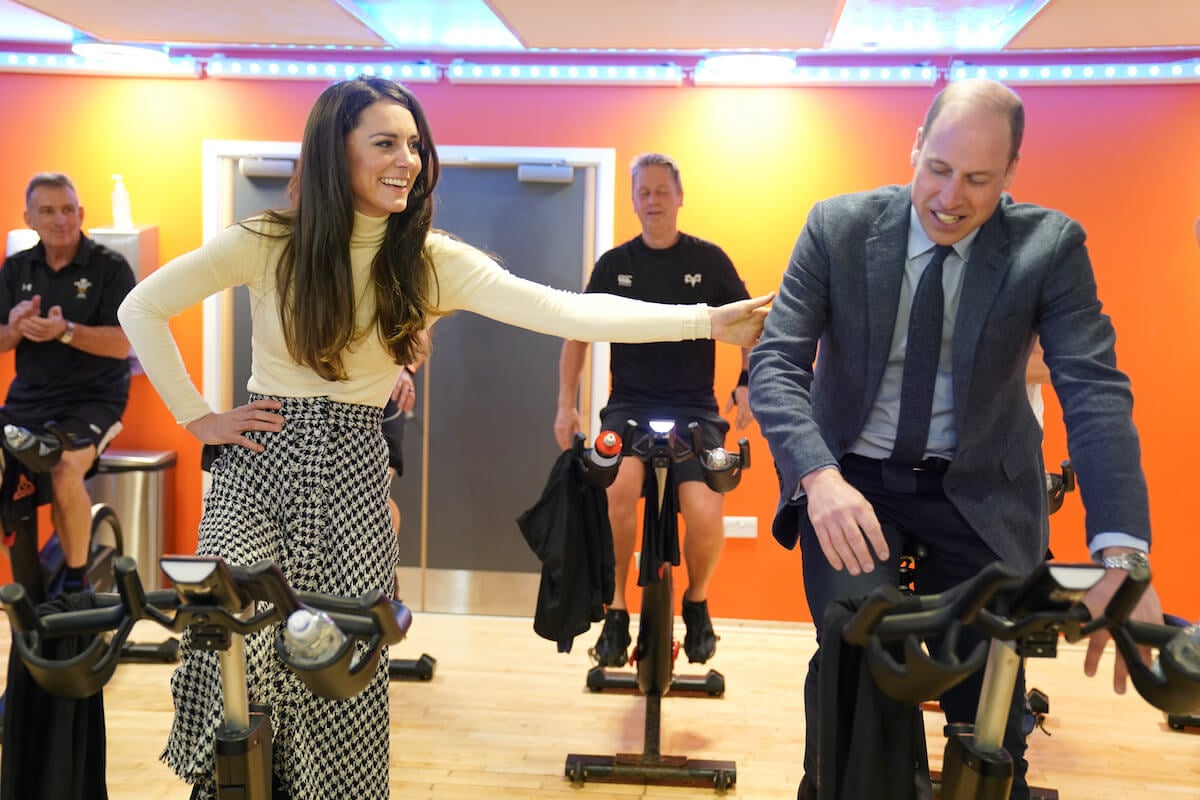
James continued, saying by laying off heavy PDA in favor of a “subtler” approach, a sense of mystery remains.
“The subtler PDAs are a wise idea,” because “it bulletproofs the royal body language,” the expert explained. “Intense affection is great. But what if, like all couples, they fall out, argue or go through a bad patch behind the scenes?”
“It can be less about what a royal couple does and more about what they stop doing,” she said. “Because if those clasps, hugs, and PDAs suddenly cease, the effect will be dramatic and telling.”
“As [Prince] Harry and Meghan [Markle] have discovered, the more intimate the tie signs and affectionate touches you use in public, the more interest you stir up and the more tempting hints you drop about your emotions and inner feelings,” James said.
For William and Kate, the focus is on “rank,” “discretion,” and “avoiding creating soap-opera or celebrity-style interest.”
“Their body language is always very on-message, communicating just the right amount of signals but without showing any narrative of anything deeper or more complex,” James said.
Prince William and Kate Middleton could inadvertently ‘exclude’ others with PDA
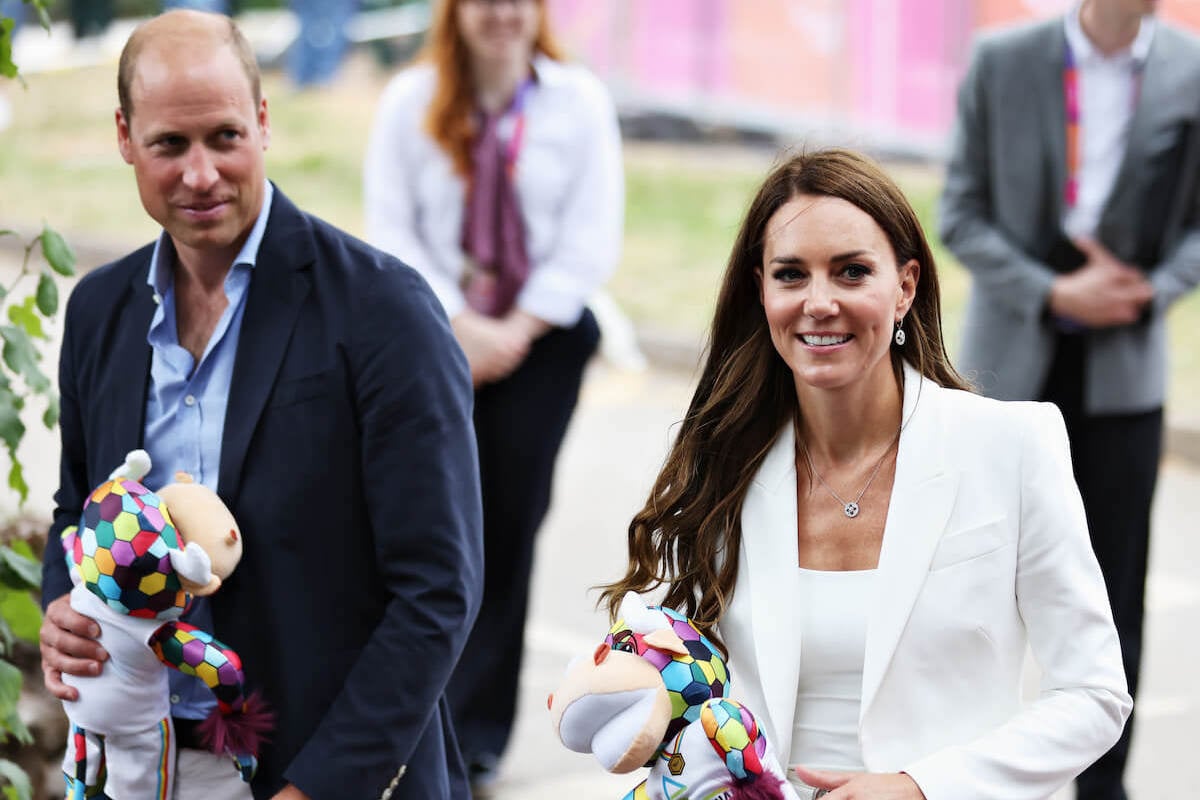
Per James, PDA from the Prince and Princess of Wales could “seem to exclude the viewers” rather than establish a connection with whomever they’re meeting.
Using the Crown Prince Hussein of Jordan’s royal wedding as an example, James noted how William’s cousin, Princess Beatrice, and her husband, Edoardo Mapelli Mozzi, had a very different arrival than that of him and Kate when it came to PDA.
“Beatrice and Edoardo happily tell a whole story via their sweet body language signals here though,” James said of the pair who were among the British royals in attendance at the June 1 ceremony. “Arriving hand-in-hand their smiles look bashful and they seem to giggle together, looking very much like newlyweds.”
“It’s cute and clearly romantic,” James added. “But it would never work for Kate and William.” The reason being they “represent the crown as well as just acting like wedding guests and friends of the bride and groom.”
Showbiz Cheat Sheet acknowledges conditions and cultures can impact body language and is sensitive to all backgrounds.
